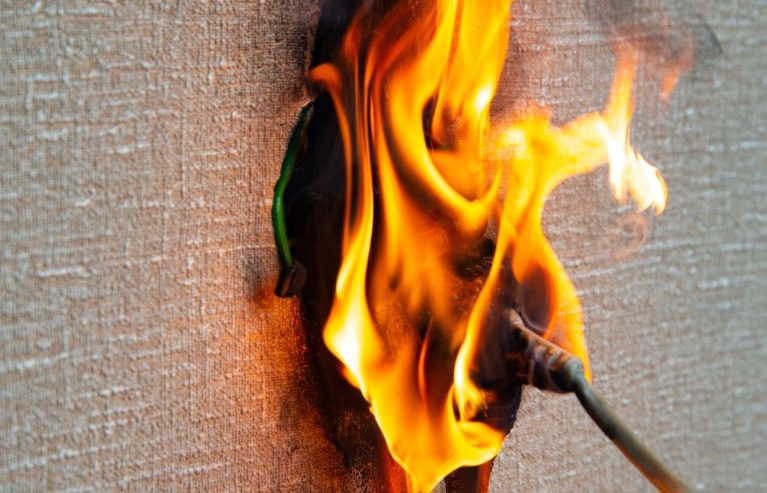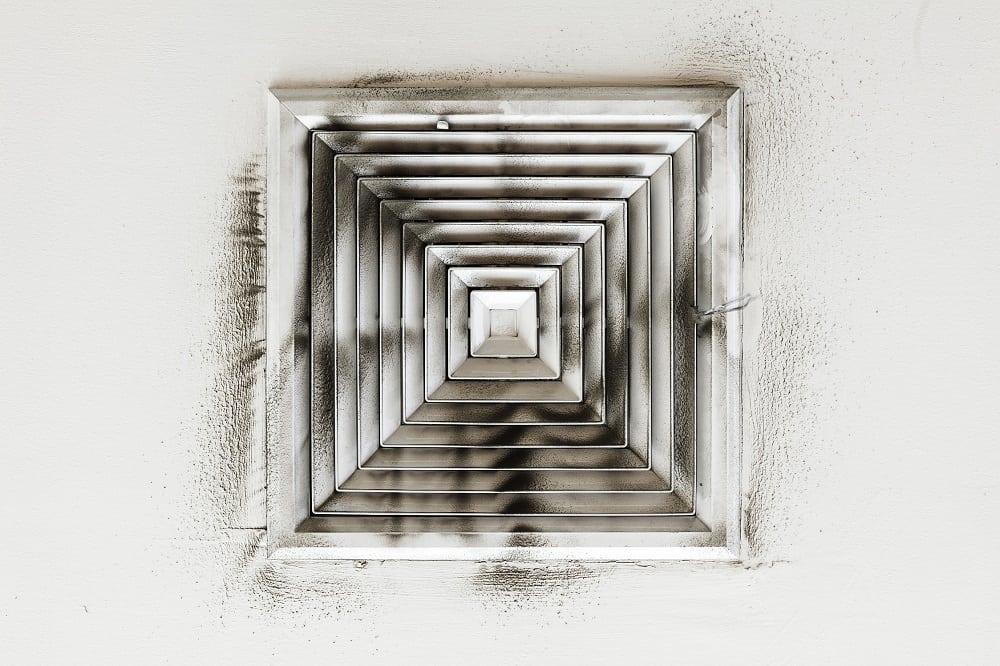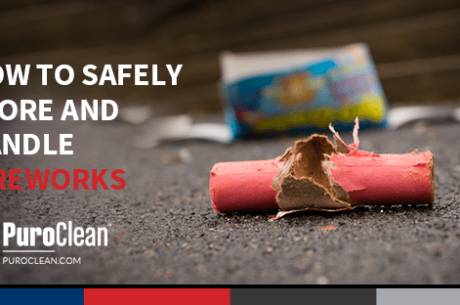Water damage in your home is a serious concern. It can lead to a host of problems, from structural issues to mold growth.
But one aspect that often gets overlooked is the impact on your home’s electrical system.
Water and electricity are a dangerous mix. When water infiltrates your electrical system, it can lead to short circuits, electrical fires, and electrocution.
Moreover, water can corrode wiring and other electrical components, posing long-term safety hazards. It’s not just about immediate damage; the effects can linger, hidden, for years.
This article aims to shed light on this critical issue. We’ll explore how water damage affects your electrical system, the risks involved, and the steps you should take for damage restoration and repair.
Understanding these aspects is crucial for every homeowner. It can help you respond effectively to water damage, ensuring the safety of your home and loved ones.
Understanding the Risks of Water Damage to Electrical Systems
Water damage to electrical systems is a significant risk for homeowners. When water infiltrates, it can cause short circuits, possibly leading to fires.
Beyond immediate fires, water can also corrode electrical wiring. Corroded wires may later malfunction, posing ongoing safety hazards.
Moreover, floodwaters often carry contaminants. These can exacerbate the damage to electrical components and systems.
Addressing water damage quickly is essential. Prompt action can mitigate risks and help preserve your home’s safety.
The Dangers of Water and Electricity
Water is an excellent conductor of electricity. When electrical systems get wet, the risk of electrocution rises substantially.
Electric shock from water-exposed electrical systems can be life-threatening. It is crucial to treat such situations with extreme caution.
Electrical components submerged in water, like circuit breakers and outlets, become hazardous. Even after drying, these components may not function safely.
Thus, replacing affected electrical parts is more advisable than merely drying them out to ensure safety.
Immediate Steps to Take When Water Damage Occurs
Responding promptly to water damage can prevent serious consequences. Your first step should always be to prioritize safety.
- Shut off the main power supply to your home.
- Evacuate the area to prevent exposure to electrical hazards.
- Contact a professional electrician to assess the damage.
- Arrange for damage restoration services to begin cleanup and repairs.
These steps help mitigate immediate risks and lay the groundwork for thorough damage restoration. Always prioritize expert assessment and intervention.
Assessing the Damage to Your Electrical System
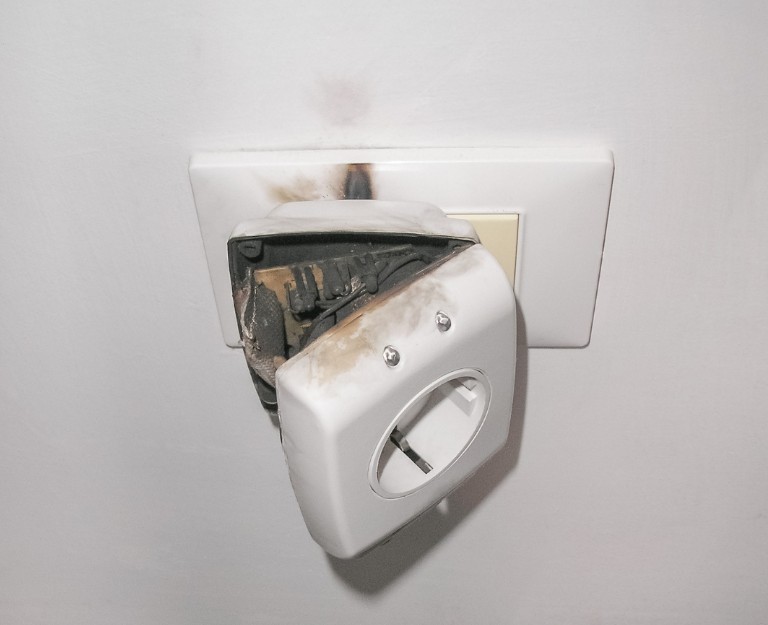
Assessing electrical damage after water intrusion requires a careful approach. Begin by visually inspecting visible components.
Look for signs like rust or corrosion on wires, outlets, and panels. These are indicators of water exposure.
Hidden wiring can be problematic, as damage may occur within walls or ceilings. Flickering lights or frequent breaker trips can signal trouble.
Professional inspection is paramount. Electricians can conduct thorough assessments, identifying all affected areas and potential risks.
The Role of Professional Damage Restoration Services
Professional damage restoration services play a critical role in recovery. These experts possess the training and equipment needed for thorough water restoration.
They begin by evaluating the extent of damage across your home. This includes both visible and concealed electrical components.
Restoration specialists then devise a detailed plan to address all identified issues. Their expertise ensures compliance with safety standards, mitigating long-term risks.
Moreover, professionals often work closely with insurance companies. This coordination can simplify claims, offering peace of mind to homeowners.
What to Expect During the Restoration Process
The restoration process is comprehensive and detailed. Initially, specialists will remove excess water and dry out affected areas.
This drying phase is crucial to prevent further damage and mold growth. Proper drying sets the stage for effective repair work.
Next, all damaged electrical components must be assessed. Restoration may require replacing corroded wires, switches, and breakers.
Finally, after repairs, thorough testing ensures the electrical system is functioning safely. Safety inspections verify compliance with regulations before power restoration.
Repairing and Restoring Your Electrical System
Repairing a water-damaged electrical system is a meticulous process. It demands precision and a thorough understanding of electrical safety.
First, all repairs must begin with an inspection. Identifying which components need replacement is critical for ensuring safety.
After inspection, electricians will focus on replacing corroded or damaged parts. This may include wiring, outlets, and other critical components.
Once repairs are completed, reinstallation and testing of these components will take place. This ensures everything functions as intended.
Components That May Need Replacement
Several key components might need replacement after water damage. Not all parts can be salvaged or repaired once exposed to water.
Water can severely compromise the integrity of electrical systems. Therefore, immediate action is crucial.
Critical components that often require replacement include:
- Electrical wiring
- Circuit breakers
- Electrical panels
- Switches and outlets
- Light fixtures
Replacement ensures long-term safety and reliability. Rest assured, professional electricians will determine which components are beyond repair.
Safety Inspections and Testing Post-Restoration
Post-restoration, safety inspections are a mandatory step. These evaluations confirm that the system is secure and up to code.
Electricians will test each component thoroughly. This helps identify any issues that might still pose potential risks.
Testing focuses on ensuring that power is distributed safely and efficiently. Successful inspections mean you can restore power to your home confidently.
Moreover, regular checks following restoration are advisable. Scheduled maintenance can prevent future water damage and electrical mishaps.
Preventing Future Water Damage to Electrical Systems
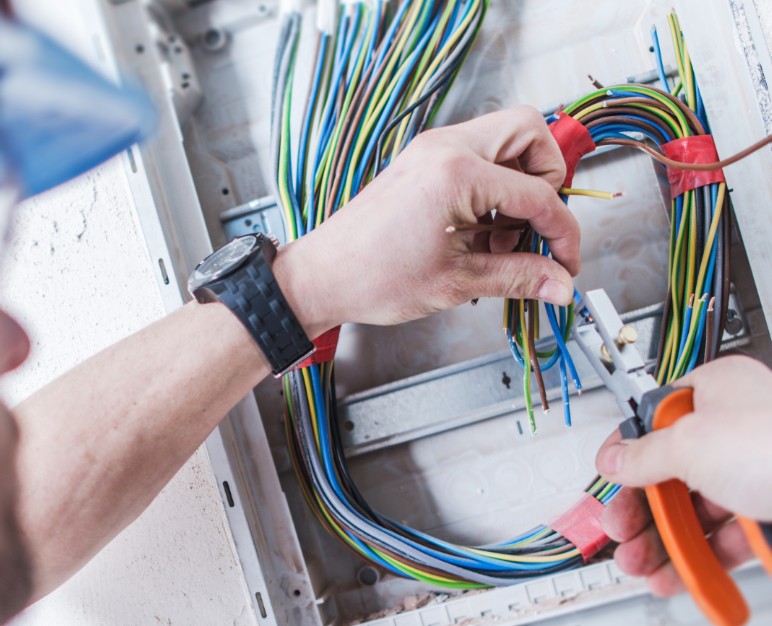
Prevention is the best strategy against water damage. Taking proactive steps can save time, money, and stress.
First, understand your home’s vulnerabilities. Identify areas prone to leaks or flooding.
Regular inspections of your property can reveal potential risks early. Quick fixes can prevent significant problems later.
Severe weather is often unpredictable. Therefore, investing in protection against flooding is wise for homeowners.
Proactive Measures and Regular Maintenance
Protecting your home requires a combination of strategies. Implement these steps to safeguard your electrical system:
- Install sump pumps to prevent basement flooding.
- Seal windows and doors to keep water out.
- Maintain gutters and downspouts to direct rainwater away.
- Elevate electrical systems in flood-prone areas.
- Use ground fault circuit interrupter (GFCI) outlets for added safety.
Frequent maintenance is key. Regularly check these systems to ensure they are in optimal condition.
Being vigilant can prevent costly repairs and protect your home from future water damage.
Choosing the Right Damage Restoration Services
Selecting quality damage restoration services is essential. Look for experienced professionals with good reputations.
Research companies thoroughly before hiring. Check for certifications and positive customer testimonials.
This ensures reliable, safe, and efficient services when you need them most. Trust in expertise is invaluable during restoration.
The Importance of Timely Action and Expertise
Acting swiftly when faced with emergency water damage can save lives and money. Taking immediate action and seeking professional guidance is crucial to minimizing damage.
For comprehensive repairs and expert assistance, trust PuroClean of Millersville. Our experienced team is available 24/7 for emergency water damage restoration, ensuring your home is restored and protected. Contact us today for fast, reliable service.
